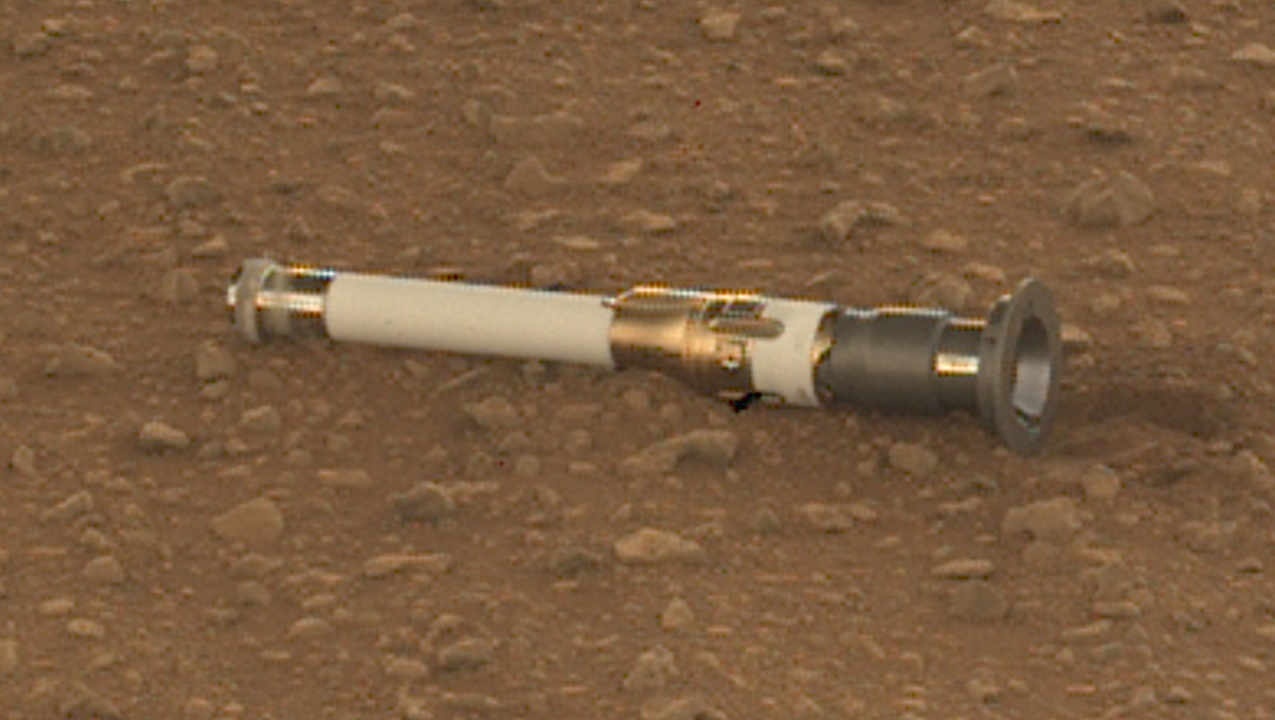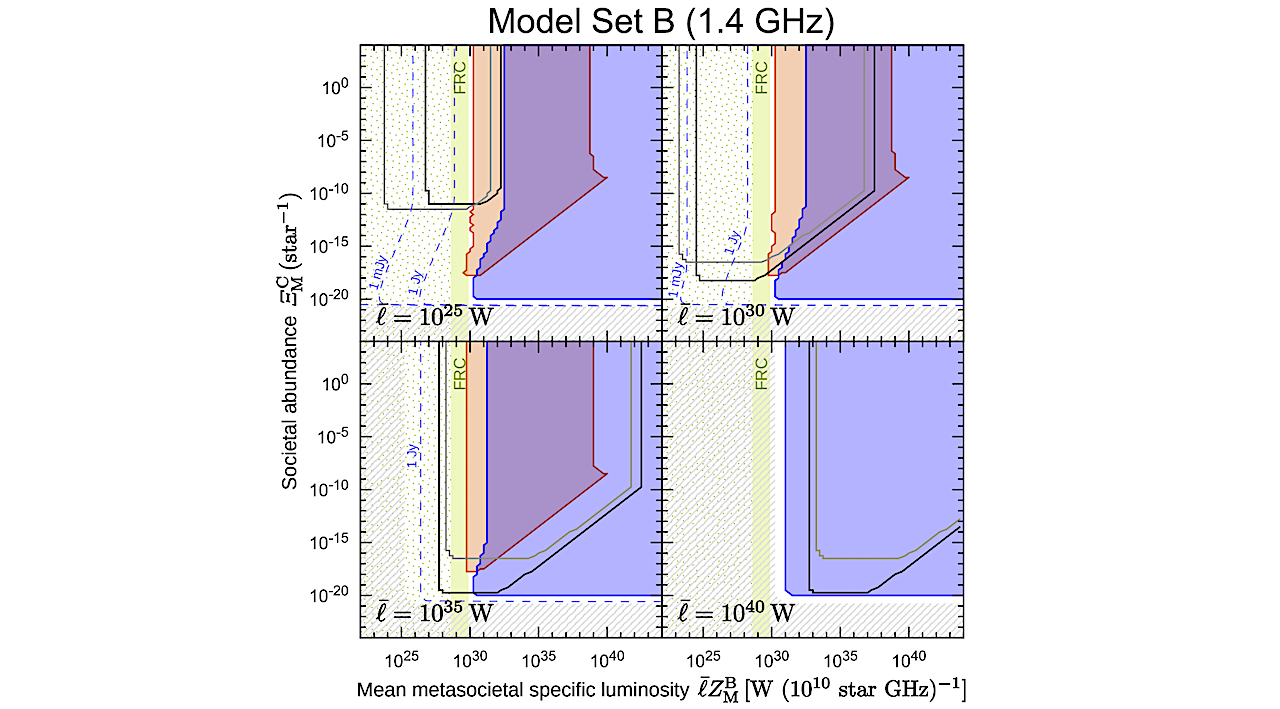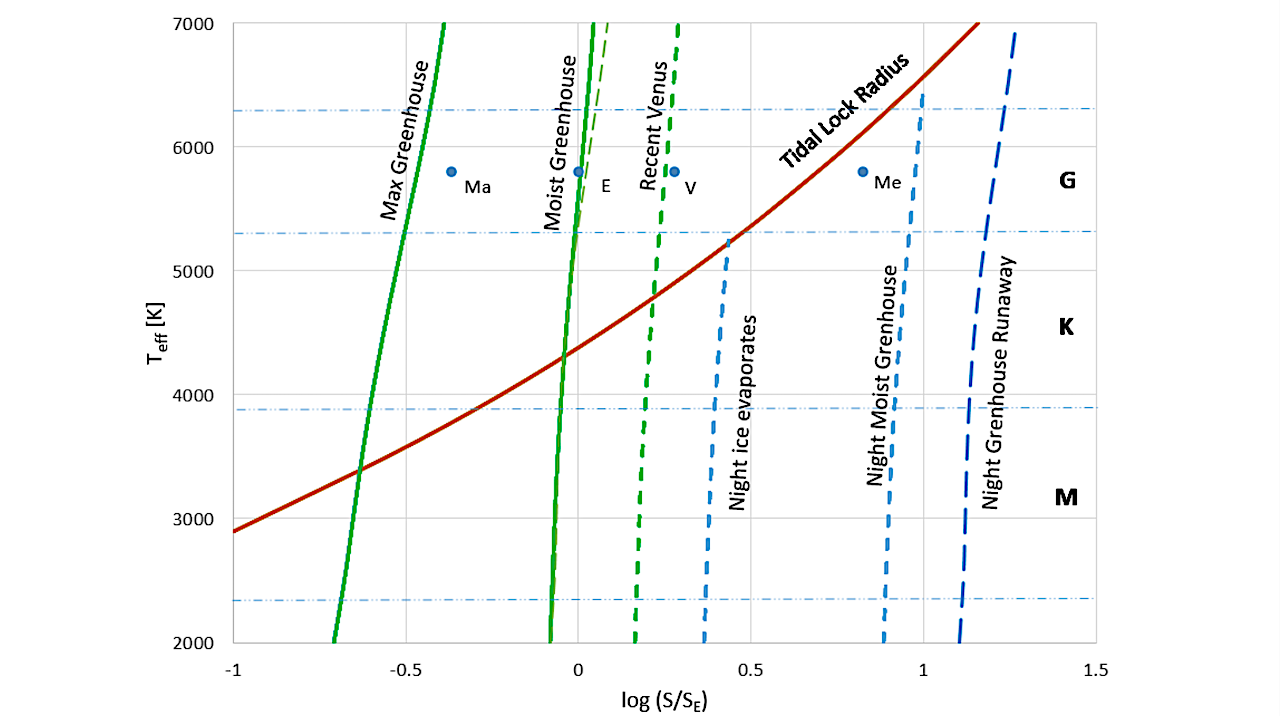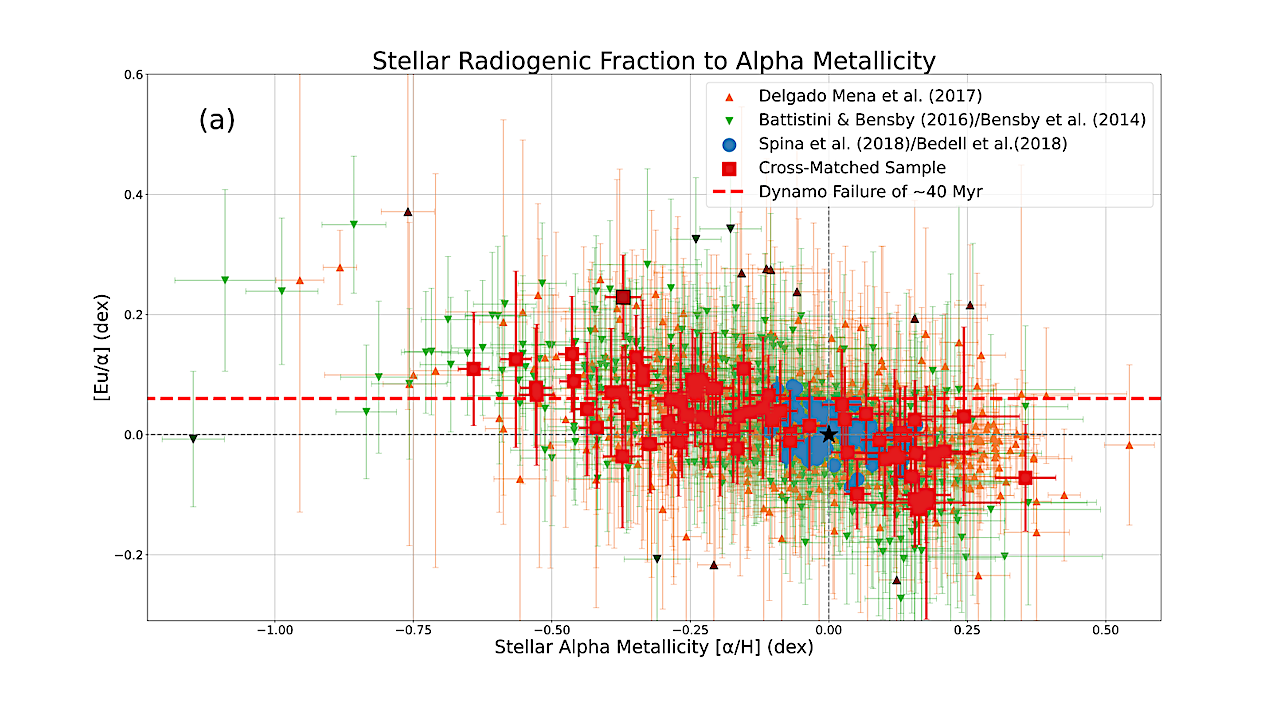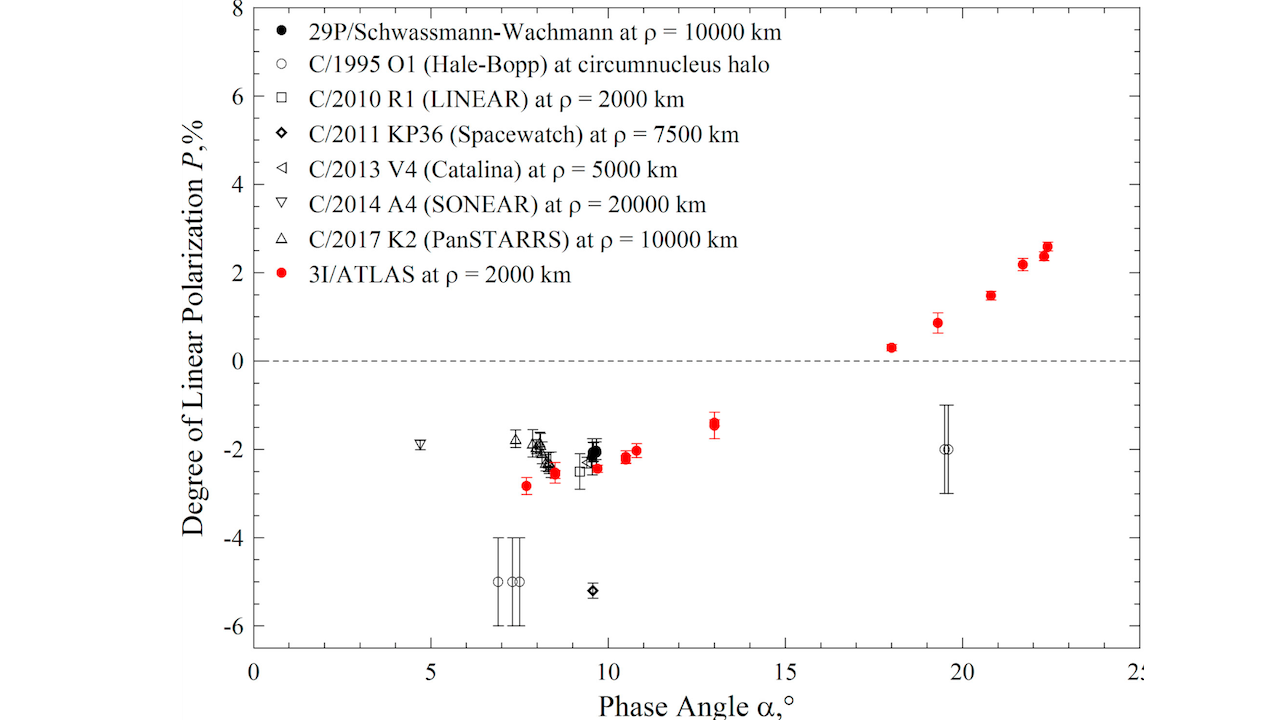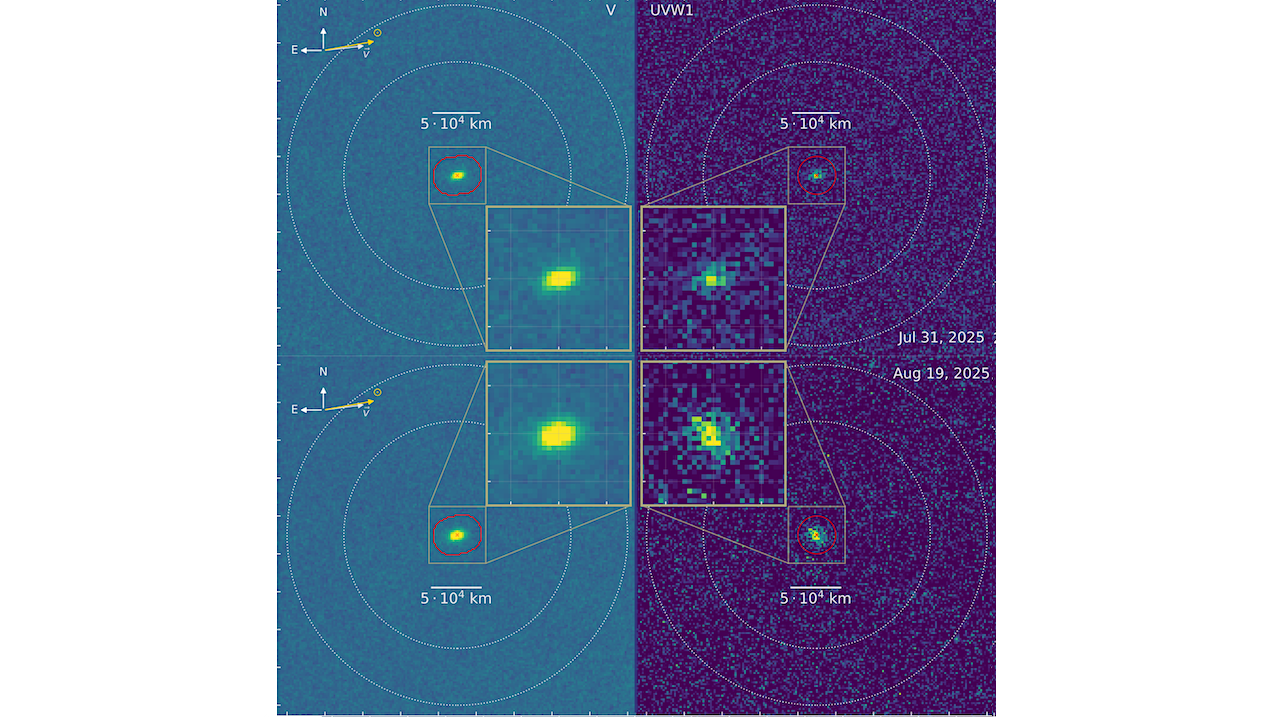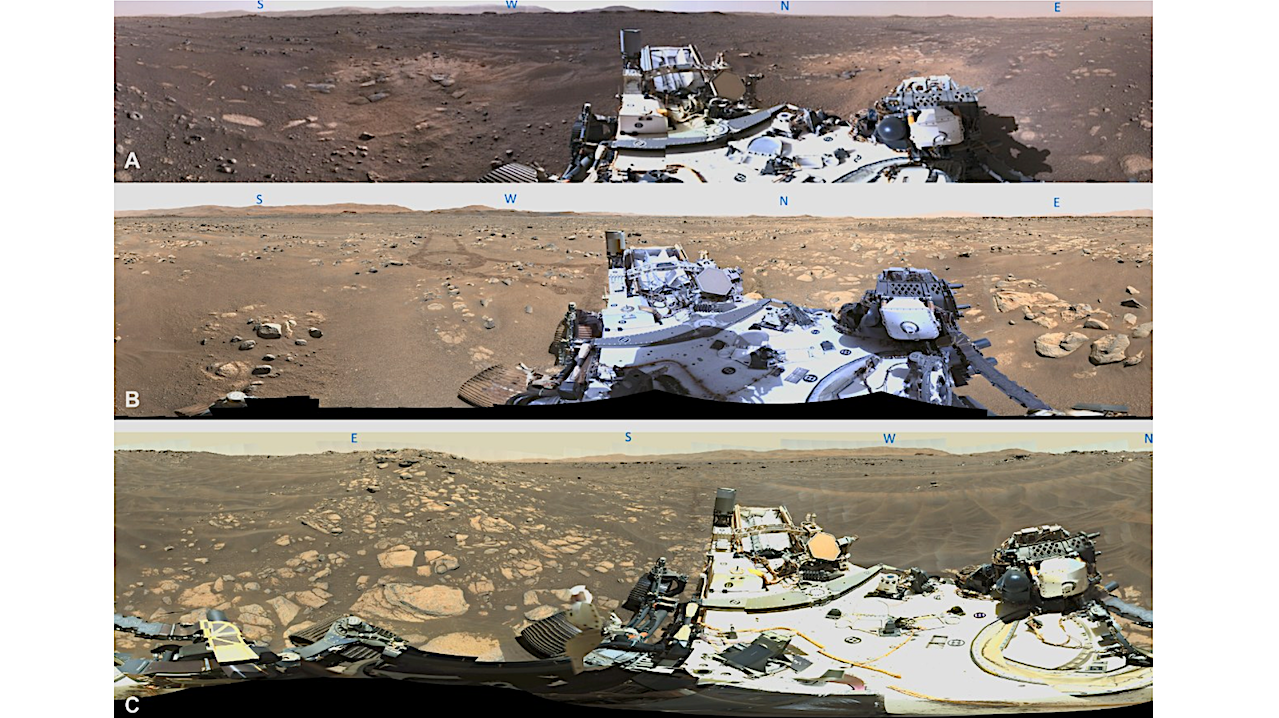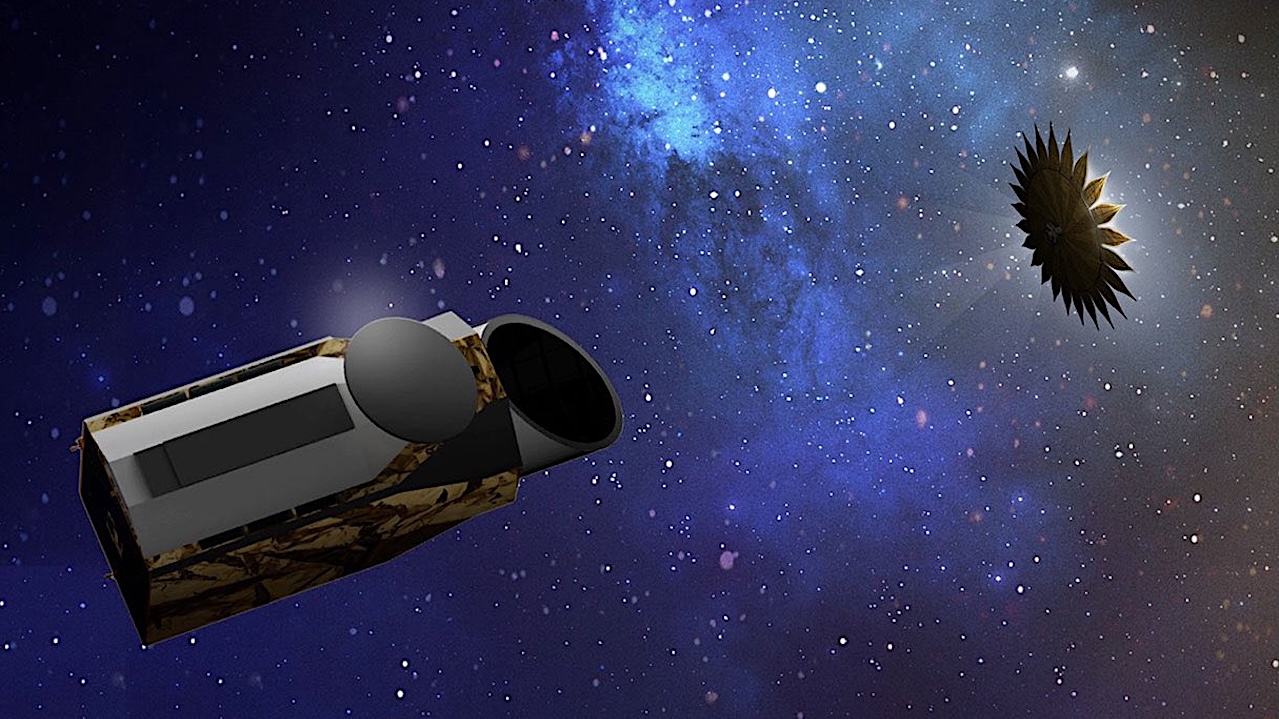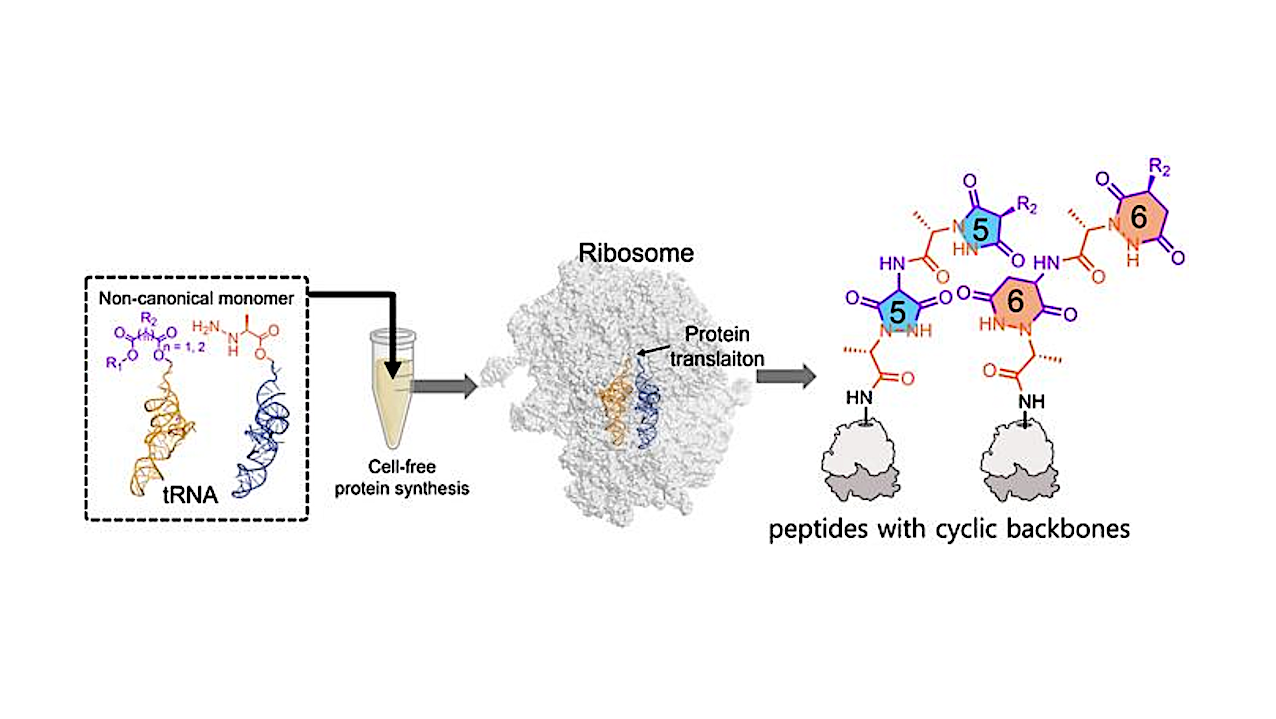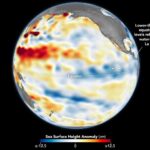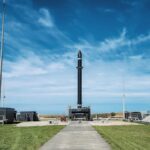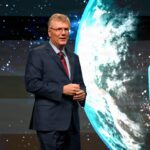NASA’s Perseverance rover deposited the first of several samples onto the Martian surface on Dec. 21, 2022, the 653rd Martian day, or sol, of the mission. Credit: NASA/JPL-Caltech/MSSS The Mars
Astrobiology49- Page
Constraints on broadcast and societal abundance compared for different broadcast luminosities in model set B at 1.4 GHz. Line styles and shading are the same as in Figure 7. —
Boundaries of the Habitable Zone. The horizontal axis marks the radiative flux relative to Earth and the vertical ones, the effective temperature and approximate spectral type of the host star
(a) Top panel shows independent of the temperature bias as a function of . Small orange triangles represent data from DM and small green triangles represent data from BB.
Comparative Analysis of Polarization in Interstellar Comet 3I/ATLAS with Distant Solar System Comets
Degree of linear polarization as a function of phase angle measured in the R filter for 7 distant comets and for the interstellar Comet 3I/ATLAS (Z. Gray et al. 2025).
NASA’s Swift Ultraviolet/Optical Telescope (UVOT) observed interstellar comet 3I/ATLAS during two visits in July and August 2025. The panels show visible-light (left) and ultraviolet (right) images, where the faint glow
Perseverance Rover in Action Example 360° mosaics. Mastcam-Z enhanced color RGB 360° panorama from the Perseverance rover. (A) OEB landing site, 34-mm focal length, sol 3. (B) Van Zyl Overlook,
A close-up of Apollo 17 lunar core sample 73001 being taken out of its drive tube for the first time since it was collected by Apollo astronauts in December 1972
Habitable Worlds Observatory — NASA This paper advances the concept maturity level (CML) of the Habitable Worlds Observatory (HWO) servicing architecture. Since servicing has occurred on other missions, this paper
Schematic Illustration of the Introduction of Cyclic Peptides via Ribosome in a Cell-Free Protein Synthesis System Credit POSTECH Inside our cells, ribosomes-the tireless “protein factories” of life-have just shown off
-
 012024 in Review: Highlights from NASA in Silicon Valley
012024 in Review: Highlights from NASA in Silicon Valley -
 02Panasonic Leica Summilux DG 15mm f/1.7 ASPH review
02Panasonic Leica Summilux DG 15mm f/1.7 ASPH review -
 03From Polymerization-Enabled Folding and Assembly to Chemical Evolution: Key Processes for Emergence of Functional Polymers in the Origin of Life
03From Polymerization-Enabled Folding and Assembly to Chemical Evolution: Key Processes for Emergence of Functional Polymers in the Origin of Life -
 04How New NASA, India Earth Satellite NISAR Will See Earth
04How New NASA, India Earth Satellite NISAR Will See Earth -
 05And Thus Begins A New Year For Life On Earth
05And Thus Begins A New Year For Life On Earth -
 06Astronomy Activation Ambassadors: A New Era
06Astronomy Activation Ambassadors: A New Era -
07SpaceX launch surge helps set new global launch record in 2024


